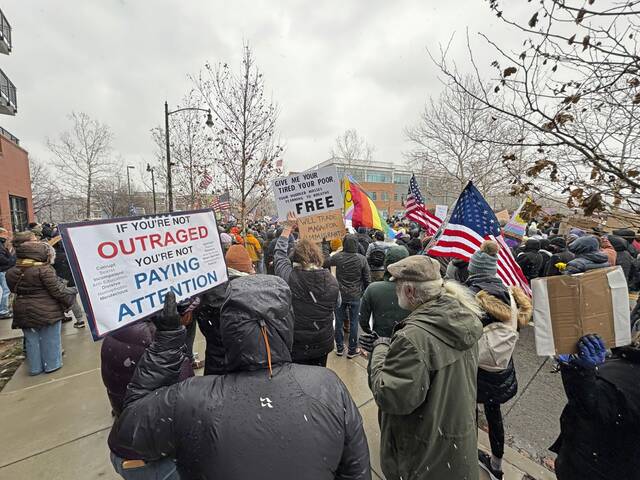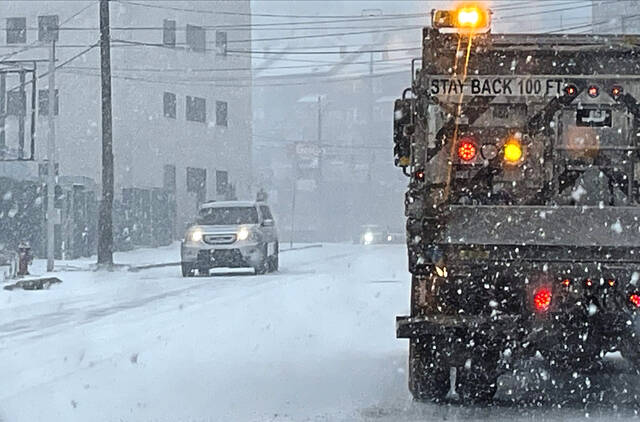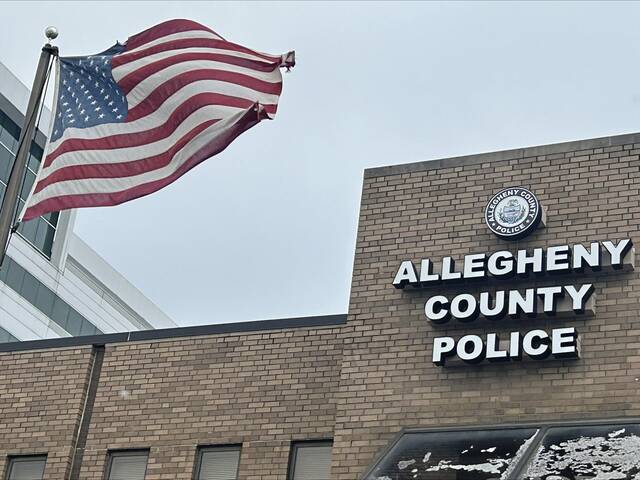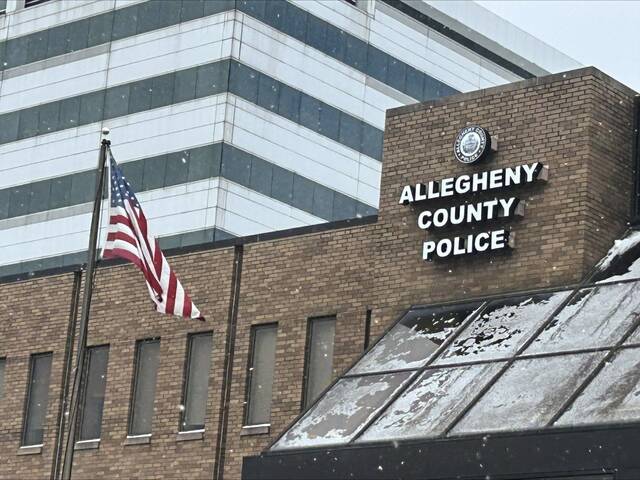Even with implanting a real estate tax increase to the legal limit, Hampton Township School District faced a gap of nearly $287,000 between anticipated revenues and expenditures for 2023-24, according to information presented at an April 24 school board meeting.
The district can raise the tax by up to 4.1% for next school year under the Act 1 index, the state’s measure for determining property tax increases justified by wage inflation. The 2022-23 rate is 20.99 mills, meaning it could climb to 21.85 mills for the next fiscal year.
Jeff Kline, director of administrative services/transportation, said that the maximum increase would generate approximately $1.5 million. The district also has $400,000 in stabilization funds available from a pool of money originally established to help cover rising Public School Employees’ Retirement System costs.
The resulting $1.9 million would help offset a $2,186,705 “gross shortfall at the millage rate of 20.99,” as noted in a preliminary draft of the district’s 2023-24 budget dated April 24. That still left a $286,705 difference in meeting projected expenditures of more than $61.5 million.
District administrators planned to work on closing the gap prior to the school board voting on a proposed final budget, which is expected to take place May 8. The district must adopt its final budget by June 30.
One option for reconciling expenditures and revenues would be to tap into the district’s unassigned fund balance, a surplus representing the difference between assets and liabilities that is projected at about $4.09 million as of the end of June. Hampton officials, though, have the stated goal of balancing budgets without using that source.
As a percentage of district expenditures, the unassigned fund balance actually has dwindled in recent years, dipping to 6.76% of the budget as of June 30, 2022. Seven years prior, the figure was 9.9%.
Going out
During the April 24 board meeting, Kline discussed major drivers of expenditures, including a policy renewal through the Allegheny County Schools Health Insurance Consortium.
“Our rates are going up 14% this year. That follows an increase last year of 8% and the previous year increase of 5%,” he said. “That 14% adds $487,000 to our budget, and it’s also $134,000 more than what we had projected back in January.”
At that point, the board approved a resolution not to exceed the Act 1 index with regard to a property tax increase.
Board member Bryant Wesley II balked at the added cost, particularly considering that the consortium renewed its contract with Highmark for 2023-24 instead of using a bidding process, according to Kline.
“This is the one thing that I think is very frustrating for a school board member, because I don’t know what’s going on at the consortium,” Wesley said. “And the fact that they don’t send that out to bid at least once in a while: I don’t know how that’s allowed to happen.”
Information provided by the consortium shows an average annual increase of 4.65% in the past 10 years, with figures varying from 1.90% to 2.75% between 2015 and 2021.
The consortium has a board of trustees that includes superintendents, business managers, school board members and education association leaders, with the mission of achieving favorable rates through economies of scale.
About a decade and a half ago, Hampton officials investigated the possibility of negotiating the district’s own contract.
“Now, it’s gotten to the point where maybe that should be looked at again,” Wesley said. “I just can’t believe there hasn’t been any spotlight put on this issue, because this is not just Hampton. And it’s outrageous.”
Superintendent Michael Loughead said he would speak to the consortium’s trustees:
“I will express to them that our board members are concerned and are looking for some additional competitiveness in this process.”
Also contributing to Hampton’s projected expenditures are the additions of an elementary school guidance counselor and high school special education instructor. Both are “half full-time-equivalent” positions, and each would cost approximately $44,000.
Jay Thornton, district psychologist and director of student services, had requested another counselor to ensure that one is present on each school day in all three elementary buildings. The current schedule has a counselor four days a week at Central, which had 441 students as of January, and three days each at Wyland, 361 students, and Poff, 313.
Wesley questioned “the likelihood we’re going to be able to recruit a quality candidate for only part-time.”
“I think I would like to try to figure out a way to convert that to full-time,” he said. “I know that we have a hole in the budget already, but maybe there’s somewhere else we can find some savings.”
Kline said the cost would be about $105,000, taking salary and benefits into consideration.
Coming in
He addressed projected revenues for 2023-24, with increases in real estate tax and interest income but declines in real estate transfer tax and delinquent collections.
“I’m also projecting state funding, our basic and special education, to increase by $396,000,” or 3.5%.“That’s lower than what is on the table right now in the original governor’s budget, but it’s kind of our best estimate of where we would be,” he said.
According to the Associated Press, Gov. Josh Shapiro is proposing an increase of $567 million, about 7% more, for day-to-day school operations, plus about $100 million more apiece for special education, mental health counselors, anti-violence grants and removing environmental hazards in school buildings such as mold, lead and asbestos.
Kline’s estimates call for $5.189 million in basic education subsidy and $1.728 million for special education.
The state’s adopted 2023-24 budget will determine the amounts of the subsidies, but legislators often fail to agree on a fiscal year’s spending plan until long after those of school districts are due, with impasses extending as far as the following January.
“So you’re six months into your year before you know what the state’s going to give you,” Larry Vasko, the school board’s finance chairperson, said. “So the only thing you can do is guess.”
District officials are working with legislators who represent Hampton to help with estimates.
“That prediction they gave us last year was fairly accurate. They said to us, it’s going to be a little more than you’re budgeting for, but just to play it safe. And that panned out,” Loughead said. “Especially in the beginning of June, we might have a better idea of what it might be.”








